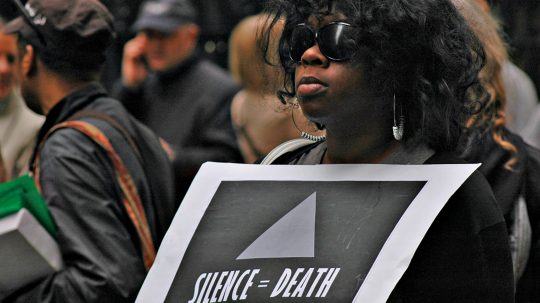Today is the anniversary of a landmark human rights case. 27 years ago, the European Court of Human Rights said that extraditing someone to a country where they would face a real risk of being exposed to torture, inhuman or degrading treatment or punishment violates human rights.
What happened?
Jens Soering (a German national, 18) and his girlfriend Elizabeth Haysom (a Canadian, 20) were students at the University of Virginia in the 1980s. They fled the United States after Haysom’s parents were found dead, each with multiple stab and slash wounds to the neck, throat and body.
Soering and Haysom were eventually arrested in London. Soering admitted killing Haysom’s parents after an argument about his relationship with their daughter. He claimed that his actions were at least partially a result of suffering from a mental abnormality. This was supported by psychiatric evidence.
The United States requested that the UK extradite the couple to face trial in Virginia. Haysom was extradited and pleaded guilty as an accessory to murder. She was sentenced to 90 years’ imprisonment. There was a risk, however, that if Soering were extradited to the US, he would be sentenced to death. In America, people sentenced to die are often held for many years ‘on death row’ (that is, in a prison block for people given the death penalty).
Why did it matter that the death penalty was an option?

The death penalty has been abolished in Britain but was a possible sentence for murder in Virginia. Executions were carried out by electrocution, through the use of an ‘electric chair’. English courts cannot (except in certain exceptional circumstances) judge the acts of foreigners abroad, so Soering could not be tried for murder in the UK, but could, under the UK-US Extradition Treaty, be extradited to the US where the death penalty was an option.
The UK Government sought an assurance, in accordance with the terms of the Extradition Treaty, that Soering would not be put to death or that the US Government would recommend to the appropriate authorities not to impose or carry out the death sentence. The UK did receive a form of undertaking that representations would be made to the US judge, but this undertaking did not come from the Governor of Virginia. The UK court said that this ‘assurance’ left “something to be desired”.
Soering said that, if he were extradited to the US and placed on death row, he would likely suffer from extreme physical violence or sexual abuse. He argued that, if he were extradited, this suffering on death row would violate his right to be free from torture or inhuman and degrading treatment.
What did the European Court of Human Rights say?

Freedom from torture, inhuman and degrading treatment or punishment is protected under Article 3 of the European Convention on Human Rights. There are no exceptions – not for criminals, nor even in times of war – to the prohibition on torture or inhuman and degrading treatment or punishment. This reflects “one of the fundamental values of democratic societies”.
Extraditing someone to a country which still uses the death penalty does not, in itself, constitute a breach of human rights. But the Court said that there were certain conditions on death row in Virginia which meant that Soering was likely to suffer inhumane treatment as a result of the ‘death row phenomenon’.
The Court noted the very long period of time likely to be spent on death row, under extreme conditions, with the mounting anguish of awaiting execution. It also took into account Soering’s age at the time of the crime (18 years old) and his mental state. The Court concluded that Soering’s extradition to the US would expose him to a real risk of treatment going beyond the threshold of protection under Article 3.
What became of Soering?
Eventually, the state of Virginia agreed not to pursue the death penalty and Soering was extradited there. His trial attracted national and international media attention. In the end, Soering was convicted of murder and sentenced to two consecutive life terms. Soering has recently started fighting (so far without success) to be repatriated to Germany. A documentary about Soering and Haysom’s story – called The Promise – is due to be released in Autumn 2016.
Meanwhile, the case has had a very significant effect. The principle that a person cannot be removed to a country where they face a real risk of torture or inhuman and degrading treatment has featured in many cases since. It is a controversial idea, but it has probably saved many lives too.
You can read the full judgment here.
This is one of our 50 Human Rights Cases That Transformed Britain, read the others here. Take a look at our infographic poster on torture and inhuman and degrading treatment. Follow RightsInfo on Facebook and Twitter for more human rights news, views and information.







